Effective Brush Hogging for Land Management
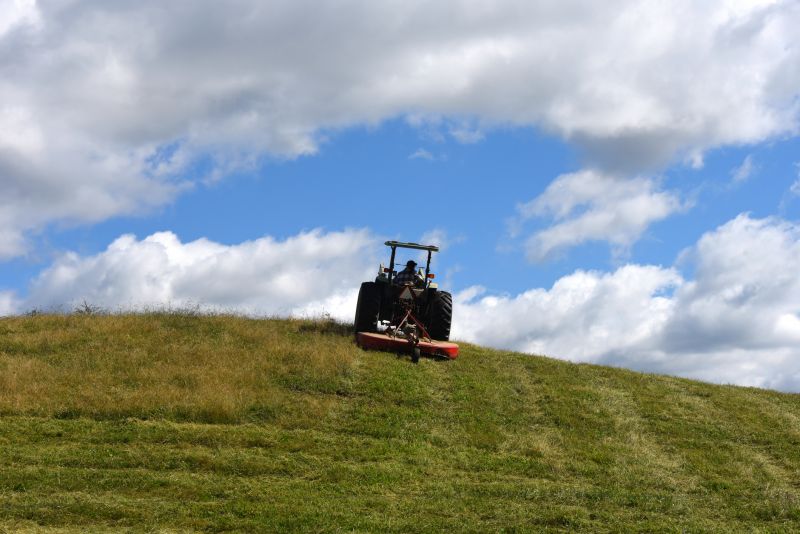
Performing brush hogging in early spring helps control new growth and prepares land for planting.
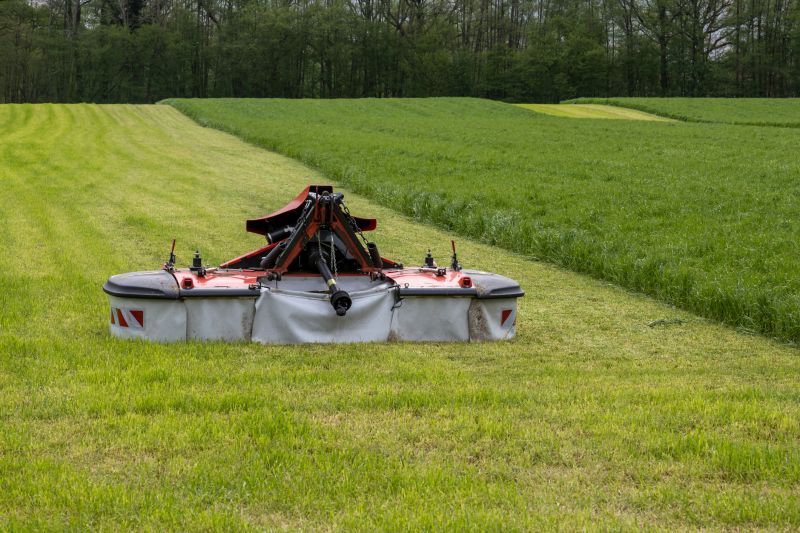
Late summer is suitable for clearing overgrown areas before the onset of fall regrowth.
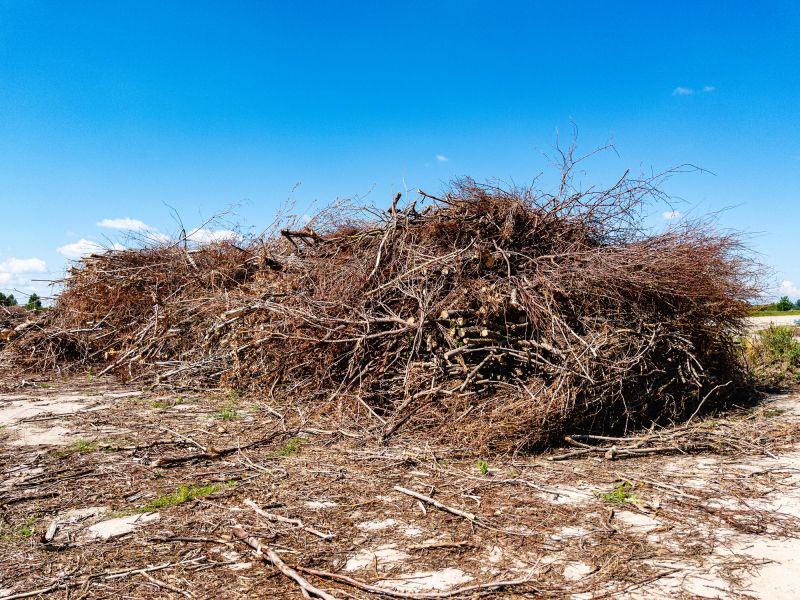
Fall is ideal for removing dead brush and preparing land for winter dormancy.
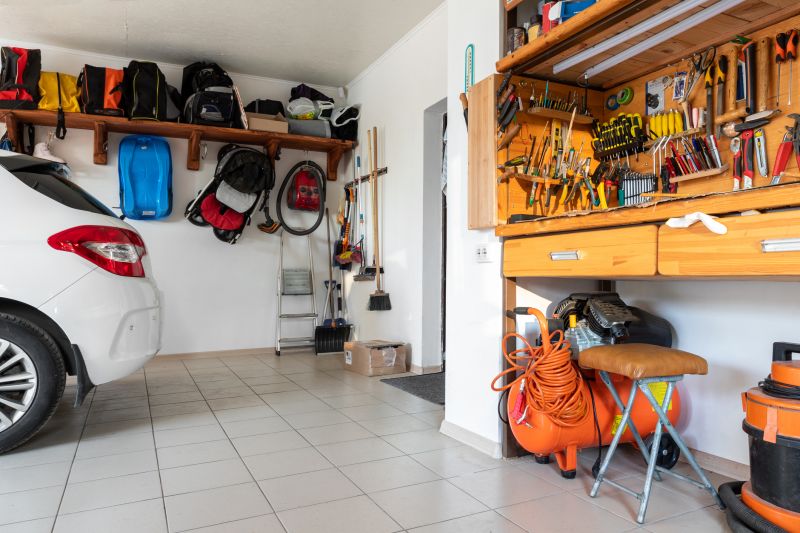
Ways to make Brush Hoggings work in tight or awkward layouts.
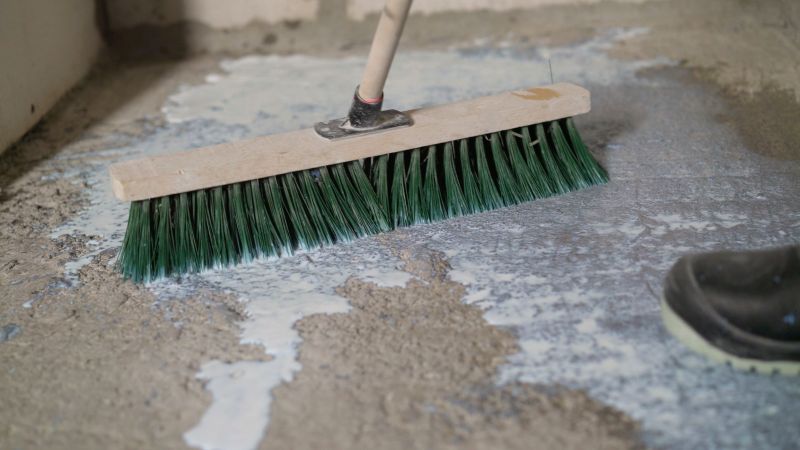
Popular materials for Brush Hoggings and why they hold up over time.
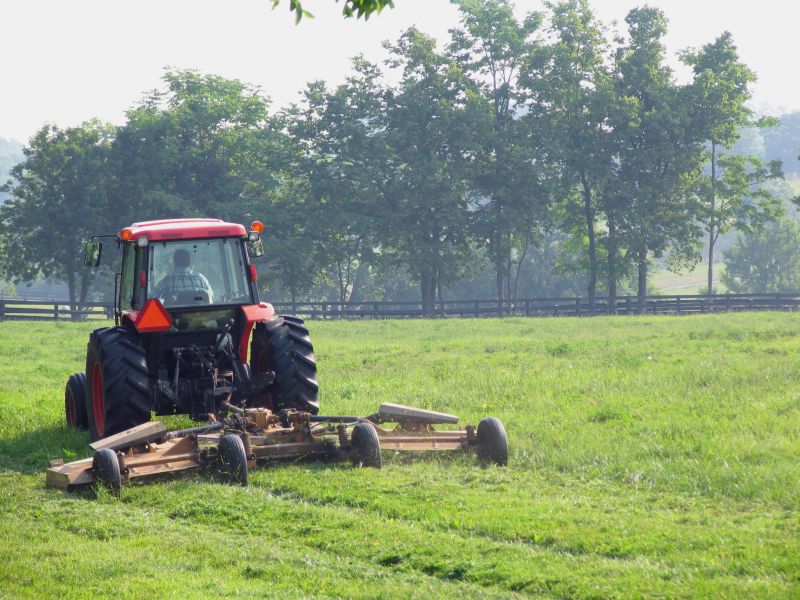
Simple add-ons that improve Brush Hoggings without blowing the budget.
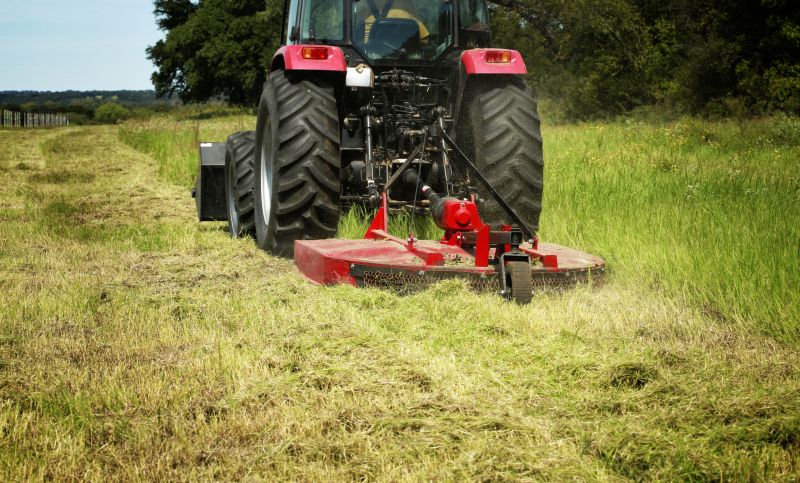
High-end options that actually feel worth it for Brush Hoggings.
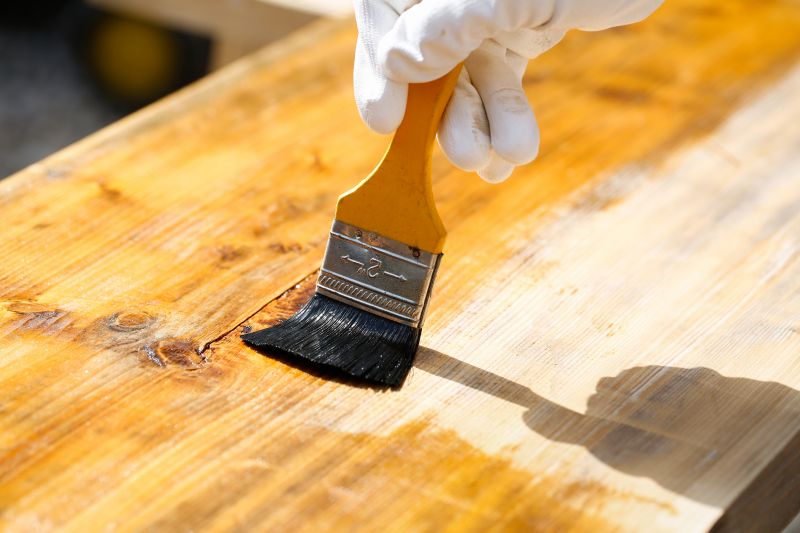
Finishes and colors that play nicely with Brush Hoggings.
Brush hogging is a land management practice involving the use of a rotary cutter or brush hog to clear overgrown vegetation, including thick brush, tall grass, and small trees. It is commonly used in agricultural, recreational, and land development contexts to maintain open spaces and prevent overgrowth. Proper timing of brush hogging can influence the effectiveness of land clearing and the health of the remaining vegetation.
Statistics indicate that performing brush hogging during specific seasons can optimize land management outcomes. For example, early spring clearing allows for better control of invasive species and encourages healthy regrowth. Conversely, late summer and fall operations can prevent the accumulation of dead biomass and reduce wildfire risks. The timing also impacts soil health and erosion control, making strategic scheduling essential for sustainable land use.
Timing brush hogging according to seasonal growth cycles maximizes clearing efficiency and minimizes environmental disruption.
Different plant species respond uniquely to cutting times, requiring tailored schedules for optimal results.
Goals such as pasture maintenance or wildlife habitat preservation influence the best timing for brush hogging.
Dry weather conditions reduce soil compaction and improve safety during operation.

A rotary cutter clearing dense brush in a rural area.

Thick vegetation prior to scheduled clearing.

Open, manageable land post-operation.

Heavy-duty rotary cutters mounted on tractors.
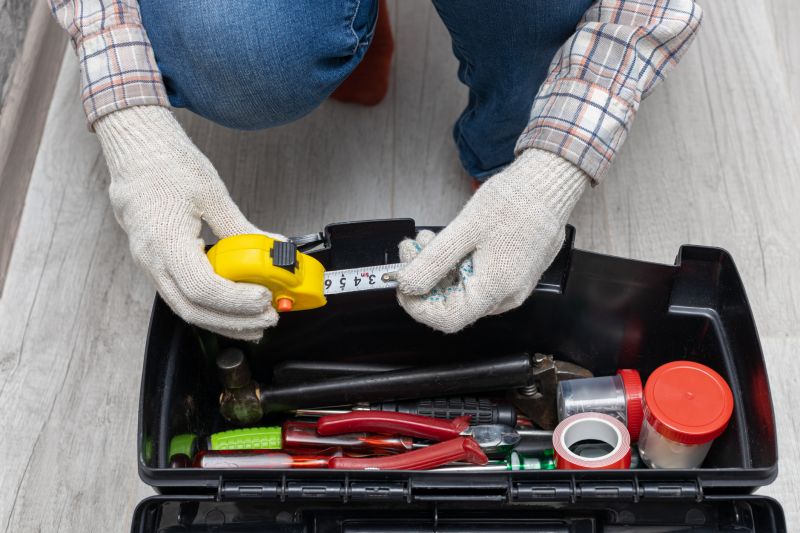
Little measurements that prevent headaches on Brush Hoggings day.
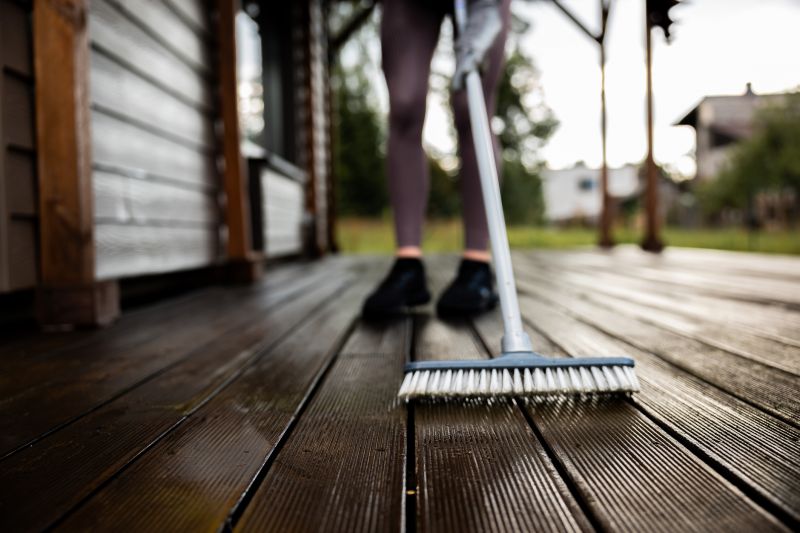
A 60-second routine that keeps Brush Hoggings looking new.

A frequent mistake in Brush Hoggings and how to dodge it.

Small tweaks to make Brush Hoggings safer and easier to use.
| Season | Ideal Timing |
|---|---|
| Spring | Early spring before rapid growth begins |
| Summer | Late summer to early fall for overgrowth control |
| Fall | Autumn for removing dead brush and preparing land |
| Winter | Generally not recommended due to soil conditions |
| Post-Season | As needed to manage regrowth or invasive species |
Choosing the right time for brush hogging depends on land objectives, vegetation types, and local climate conditions. Proper timing ensures effective clearing, supports land health, and reduces operational risks. Consulting with land management professionals can help determine the most suitable schedule for specific sites.
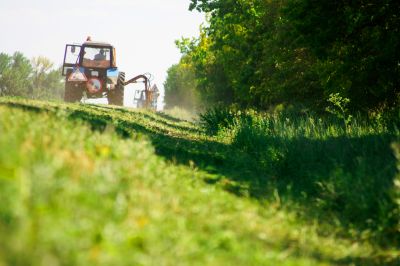
Dense vegetation requiring removal.
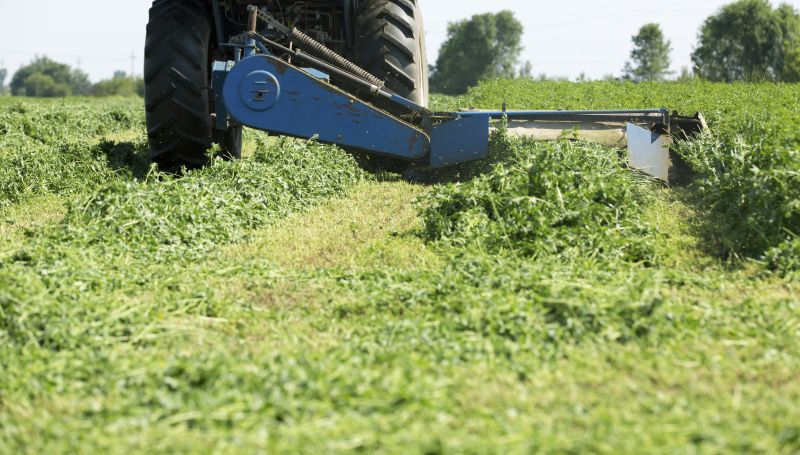
Equipment actively removing brush.
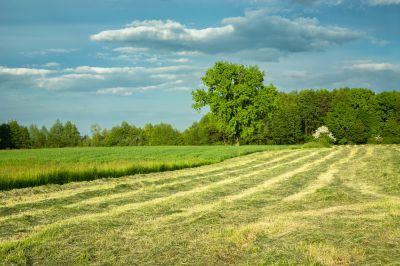
Cleaned, open land ready for use.
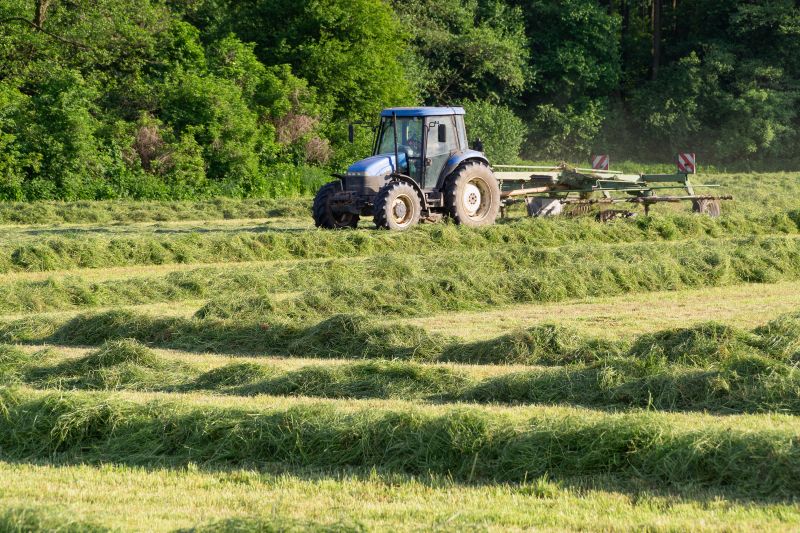
Rotary cutters designed for tough vegetation.

Lower-waste or water-saving choices for Brush Hoggings.

The short, realistic tool list for quality Brush Hoggings.

Rough timing from prep to clean-up for Brush Hoggings.

Quick checks and paperwork to keep after Brush Hoggings.
Individuals interested in scheduling brush hogging services are encouraged to contact for more information. Proper timing and execution can significantly impact land usability and health, making professional consultation valuable.



